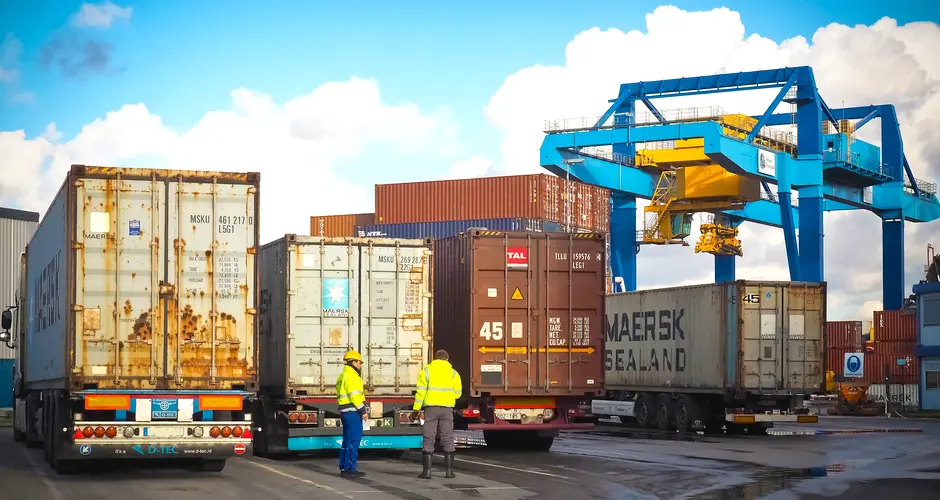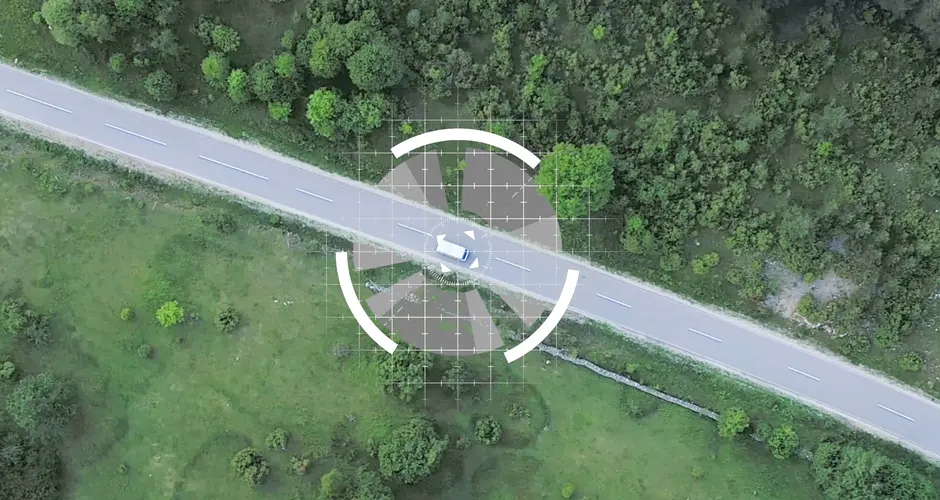
As businesses strive to streamline their operations and stay competitive, scalable IoT solutions are revolutionising industries such as utilities, supply chain, facility management, logistics and transport. With the promise of delivering operational efficiencies, creating new business opportunities and supporting competitive advantage, the Internet of Things (IoT) has become the go-to solution for businesses seeking to achieve these goals.
However, the ability to translate data into actions remains a significant challenge for scalable IoT solutions. In this blog post, we will explore this and other key challenges that businesses face when implementing scalable IoT solutions, and provide insights into how to overcome these obstacles to unlock the full potential of IoT and gain a competitive edge in today’s rapidly evolving marketplace.
What is scalability in IoT
Scalability is a crucial aspect of IoT that refers to a solution’s ability to grow and adapt as the volume of data and connected devices increase. In the context of the smart supply chain, scalability is essential to achieving operational efficiencies, creating new business opportunities and supporting competitive advantage.
IoT projects need to scale rapidly, often in the face of technical, organisational and market uncertainties. In other words, IoT solutions must be able to handle large amounts of data and connect a growing number of devices without compromising performance, security, or reliability.
It’s essential to build IoT solutions that can adapt and grow as business needs change.
Challenges for scaling IoT solutions

In our experience of working with many different organisations, the biggest challenge for scaling IoT solutions lies in the inability to translate data into actions that ultimately realise value, regardless of the technology choice.
Many IoT trials and Proof of Concepts (PoCs) aim to prove the technology’s capabilities, without seeking to validate or understand the business benefits that could be unlocked by the data insights IoT solutions can deliver. In other words, the focus is on technology rather than on its potential business impact.
To achieve successful fit-for-purpose industrial IoT solutions, it is essential to prioritise the translation of data into actionable insights that drive value. This requires a mindset shift from viewing IoT technology as an end in itself to seeing it as a means to deliver tangible business benefits.
As technological innovation continues to advance, it is vital to ensure that IoT solutions are a real driver of business value. By focusing on the translation of data into actionable insights, businesses can unlock the full potential of IoT and gain a competitive edge in today’s rapidly evolving marketplace.
How to overcome scalability issues in IoT

With the right approach, IoT solutions can deliver significant value to multiple industries like supply chain, logistics, facility management or utilities. However, this requires a clear understanding of the business benefits that can be realised through IoT and a willingness to invest in the necessary infrastructure, processes and skills.
1. Choose the technology based on your operational needs
When it comes to choosing IoT technology, it’s important to base your decision on your operational needs. While there are many IoT technologies, solutions and standards available, there isn’t a one-size-fits-all solution that can solve every business problem. Instead, your business requirements, operational needs and cost constraints will guide you to the right technology choices.
Each IoT technology has its own strengths and weaknesses, which only become apparent when data requirements are mapped to specific operational needs, whether local or global. With so many IoT solutions available in the market, it can be confusing and challenging to navigate.
Successful IoT projects are technology-agnostic and need to integrate seamlessly into day-to-day operations. This means the solution should be easy to implement and maintain, robust, reliable and scalable, regardless of the underlying technology used. Choosing the right IoT technology can be a game-changer for your business, so it’s important to carefully evaluate your options and choose the solution that best meets your operational needs.
2. Identify the business problems that you need to solve
Leaders should start by identifying the business problems that IoT technology can solve and bringing together the right stakeholders. To successfully adopt scalable IoT solutions, organisations need to take a holistic approach and coordinate changes across various functions, as with any transformation project.
For example, if a business aims to enhance customer experience or lower operational costs, gathering accurate location or condition information of assets as they move through the supply chain can help achieve these objectives.
Similarly, if the objective is to support growing demand while minimising capex expenditure, businesses can increase asset utilisation by gaining insights from data. This can lower loss rates, provide remote asset visibility, and enable faster asset rotation.
3. Define your data requirements
In IoT, data takes centre stage, and connected devices play a crucial role in optimising businesses by facilitating faster, high-quality decision-making. Devices attached to monitored assets provide updates on critical tracking criteria, such as location, temperature, or humidity, at regular or event-driven intervals, enabling effective asset management.
For example, an asset can alert you when it remains in a client’s warehouse for over 60 days or leaves a defined area. The data generated by these devices can initiate automated workflows or alert stakeholders to take action more efficiently than traditional manual processes.
For instance, if a device monitoring the temperature inside a truck transporting chilled goods detects that the temperature exceeds approved levels, an automated alert can notify the Logistics Manager or truck driver, who can take corrective action based on insightful data.
After defining data requirements, production methods, processing and management costs, the project team can focus on designing the best-fit solution across devices, data, connectivity, digital platforms, process flows and operational support.
4. Choose a flexible and fit-for-purpose solution

Although many business environments may appear similar, each business has its unique offering and operational practices. So it is important to choose a solution that is adequate for your operational needs.
Choosing a flexible and fit-for-purpose IoT solution is essential for companies that rely on returnable assets, such as mail couriers or glass manufacturers. These companies need to have visibility into the condition of their assets regularly, as factors such as how assets are transported, stored, or cleaned can impact the availability of other assets and their operations.
For example, a mail courier could use sensors to monitor when a parcel cage is loaded and unloaded from a vehicle, ensuring that packages go to the right destination. Meanwhile, a glass manufacturer could use sensors to monitor the condition of their glass racks and identify when maintenance is required, minimising the risk of downtime due to equipment failure.
Facilities management businesses can also benefit from fit-for-purpose solutions, particularly when it comes to indoor air quality, water leakage detection and pest control.
For example, if an office building has poor ventilation, IoT sensors could detect high levels of carbon dioxide and trigger an alert to the facilities management team to take corrective action. Similarly, water leakage detection and pest control solutions can help facilities management businesses identify and address issues before they become major problems.
Every business has different asset types, including beer kegs, glass racks, baggage trolleys, fleet vehicles and even livestock. Therefore, it is essential to choose a flexible, fit-for-purpose solution with minimal changes required.
5. Factor the Total Cost of Ownership
When considering an IoT initiative, it’s important to factor in the Total Cost of Ownership (TCO), which includes the operational impacts and necessary changes across the business.
To accurately assess TCO, take a holistic approach and consider all cost drivers for IoT project deployment, both initially and ongoing. These costs include:
- Purchasing or designing the appropriate IoT devices to generate and communicate the necessary data.
- Ensuring the quality, reliability and lifespan of the device’s battery.
- Covering installation, deployment and maintenance costs.
- Customising the solution to ensure efficient operation.
- Ensuring reliable communication of the data.
- Choosing a digital platform that enables workflows to use the data and create operational efficiencies.
- Managing change to ensure successful adoption and sustainability.
Ultimately, successful IoT solutions create significant business value that justifies the investment costs of transformation and beyond.


